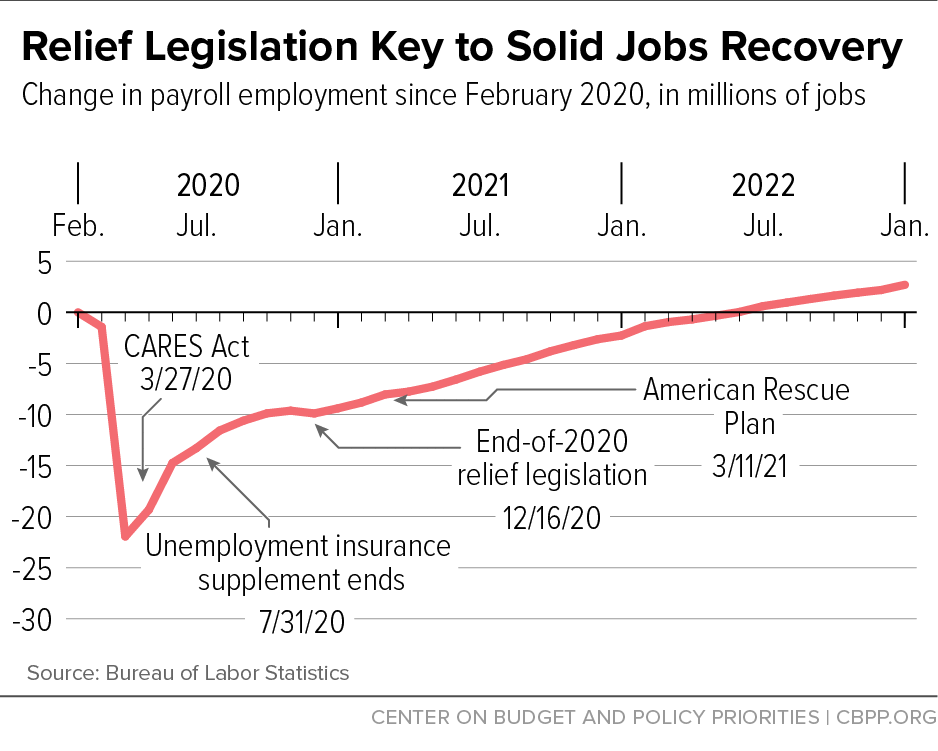Monetary Policy in COVID-19 Era USA’s Economic Response


Navigating the Economic Landscape: USA’s Monetary Policy Response to COVID-19
Economic Challenges Amidst Crisis
In the wake of the COVID-19 pandemic, the United States found itself facing unprecedented economic challenges. With businesses shuttered, unemployment soaring, and consumer spending plummeting, the need for swift and effective monetary policy measures became paramount. The Federal Reserve stepped up to the plate, implementing a series of innovative strategies to stabilize the economy and pave the way for recovery.
Unprecedented Monetary Policy Measures
The Federal Reserve wasted no time in deploying an arsenal of monetary policy tools to combat the economic fallout from COVID-19. Interest rates were slashed to near-zero levels, providing much-needed relief to borrowers and stimulating borrowing and spending. Additionally, the Fed launched large-scale asset purchases, injecting liquidity into financial markets and bolstering investor confidence.
Adapting to Uncertain Times
As the economic landscape continued to evolve amidst the ongoing pandemic, the Federal Reserve remained nimble in its approach to monetary policy. Recognizing the need for flexibility, the Fed introduced a range of unconventional measures, including lending programs to support businesses and municipalities, as well as initiatives to stabilize critical sectors of the economy.
Balancing Act: Supporting Growth While Containing Inflation
One of the key challenges facing the Federal Reserve during the COVID-19 crisis was striking a delicate balance between supporting economic growth and preventing runaway inflation. With massive fiscal stimulus measures pumping trillions of dollars into the economy, concerns about inflationary pressures loomed large. The Fed responded by reaffirming its commitment to its dual mandate of promoting maximum employment and stable prices, while remaining vigilant against inflationary risks.
Addressing Inequality and Social Impact
The economic fallout from COVID-19 exacerbated existing inequalities, disproportionately impacting low-income households and minority communities. Recognizing the importance of addressing these disparities, the Federal Reserve incorporated considerations of equity and social impact into its monetary policy framework. Initiatives such as the Main Street Lending Program aimed to provide targeted support to small and medium-sized businesses, helping to mitigate the adverse effects of the pandemic on vulnerable populations.
A Global Response to a Global Crisis
The COVID-19 pandemic transcended national borders, wreaking havoc on economies around the world. In response, central banks and monetary authorities collaborated on an unprecedented scale, coordinating efforts to stabilize global financial markets and support economic recovery. The Federal Reserve played a leading role in these international efforts, leveraging its influence and expertise to foster cooperation and coordination among central banks.
Looking Ahead: Challenges and Opportunities
As the world begins to emerge from the shadow of the COVID-19 pandemic, the road to economic recovery remains fraught with challenges and uncertainties. Inflationary pressures, supply chain disruptions, and geopolitical tensions all pose significant risks to global economic stability. Yet amidst these challenges lie opportunities for innovation and transformation. The Federal Reserve must continue to adapt and evolve its monetary policy framework, ensuring that it remains responsive to the evolving needs of the economy and society as a whole.
Conclusion
In the face of unprecedented challenges, the Federal Reserve’s response to the COVID-19 pandemic has been nothing short of remarkable. By implementing bold and innovative monetary policy measures, the Fed has played a crucial role in stabilizing financial markets, supporting economic growth, and mitigating the adverse effects of the crisis on vulnerable populations. As the world looks towards recovery, the Federal Reserve must remain vigilant, adaptive, and proactive in its approach to monetary policy, ensuring that it continues to serve as a beacon of stability and resilience in uncertain times. Read more about monetary policy covid 19 usa







